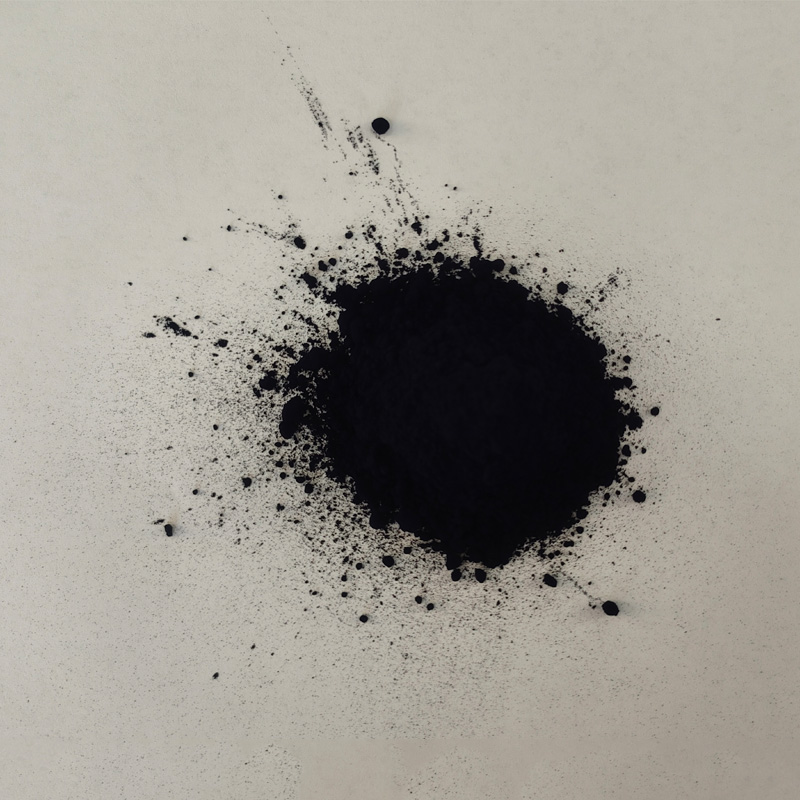Indigo Blue Vat Blue


In digital markets centered on craft and authenticity, products dyed with Chinese indigo enjoy a unique positioning. Brands committed to sustainable fashion and artisanal products can leverage the historical and environmental narrative of Chinese indigo to appeal to conscious consumers. Transparency in production processes, from plant cultivation to dye extraction, fortifies brand credibility and builds consumer trust. This narrative appeals to the growing demographic concerned with sustainability and cultural preservation, marking indigo not just as a dye, but as an experience. Furthermore, as experts in the field underscore, the artistry involved in using Chinese indigo also presents an opportunity to educate and engage consumers. Workshops and courses in the craft of natural dyeing can expand audience reach and establish a brand as an authority in artisanal textile production, thus further reinforcing its market position. Such engagements allow consumers to appreciate the skill involved in every stage, from plant to final product, deepening their connection to the brand and its offerings. For businesses looking to integrate Chinese indigo into their products, it is paramount to approach this endeavor with respect for its cultural significance and environmental benefits. Establishing partnerships with Chinese growers or local cooperatives not only ensures a reliable supply chain but also honors traditional knowledge and contributes to its preservation. By doing so, businesses can stand at the forefront of a movement that values quality, sustainability, and cultural heritage, ensuring that the brilliance of indigo continues to dye the world in hues of history and innovation.
-
The Timeless Color in Fashion and Textiles
NewsApr.10,2025
-
The Timeless Appeal of Vat Indigo
NewsApr.10,2025
-
The Timeless Appeal of Blue Indigo Dyes
NewsApr.10,2025
-
Sulphur Dyes in the Textile Industry
NewsApr.10,2025
-
Indigo Suppliers and Their Growing Market
NewsApr.10,2025
-
Indigo Market: indigo dye suppliers
NewsApr.10,2025
-
Unveiling the Science and Sustainability of Indigo Blue
NewsMar.18,2025

Sulphur Black
1.Name: sulphur black; Sulfur Black; Sulphur Black 1;
2.Structure formula:
3.Molecule formula: C6H4N2O5
4.CAS No.: 1326-82-5
5.HS code: 32041911
6.Product specification:Appearance:black phosphorus flakes; black liquid

Bromo Indigo; Vat Bromo-Indigo; C.I.Vat Blue 5
1.Name: Bromo indigo; Vat bromo-indigo; C.I.Vat blue 5;
2.Structure formula:
3.Molecule formula: C16H6Br4N2O2
4.CAS No.: 2475-31-2
5.HS code: 3204151000 6.Major usage and instruction: Be mainly used to dye cotton fabrics.

Indigo Blue Vat Blue
1.Name: indigo blue,vat blue 1,
2.Structure formula:
3.Molecule formula: C16H10N2O2
4.. CAS No.: 482-89-3
5.Molecule weight: 262.62
6.HS code: 3204151000
7.Major usage and instruction: Be mainly used to dye cotton fabrics.

